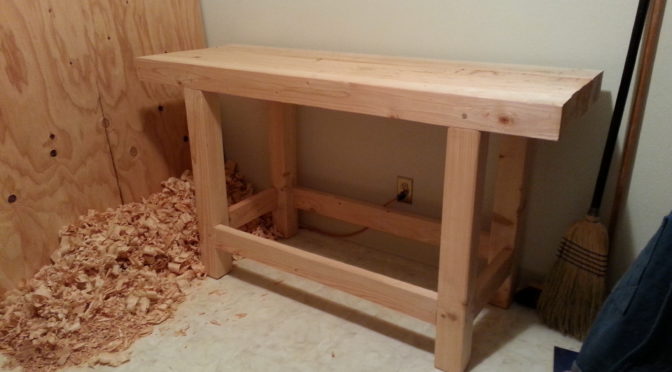What crazy weather we have been having the last month or so. The daily high temps could have been anywhere from 60 to 100! Now it seems the weather is shifting into the more normal fal pattern, and we sure could use it. I believe we are at the bottom of the medium drought cycle and on the recovery side of the long cycle, but who really knows these days. The weather models have been “adjusted” so many times lately I don’t think anyone really has a handle on the changing patterns.
 Besides all the weather stuff… I had posted about all of the seasonal movies in our que, promptly after making that post and settling in for some movie time, the TV let some of the magic out. It appears that it was just the internal power transformer but I have been playing hobb trying to get parts, so we ended up getting a new set so I can spend some more time on the repair. Best laid plans I suppose. I will post a follow up on the movie list later as well as a follow up on the TV progress.
Besides all the weather stuff… I had posted about all of the seasonal movies in our que, promptly after making that post and settling in for some movie time, the TV let some of the magic out. It appears that it was just the internal power transformer but I have been playing hobb trying to get parts, so we ended up getting a new set so I can spend some more time on the repair. Best laid plans I suppose. I will post a follow up on the movie list later as well as a follow up on the TV progress.
BTW: When selecting a new TV, or any consumer electronics for that matter, make sure you buy a real name brand, Sony, Magnavox, Samsung, etc., someone who has a large product line and has been around for a while. Someone with a reputation to be concerned with and a supply chain that requires conformity. If you want to give an off-brand or small-house product a go, make sure you can get service documentation (schematics, diagrams, parts lists, troubleshooting tips) before you buy, and hang on to it. You or your repair person may need it.
Apex Digital is a crap manufacturer and documentation on their products is basically unavailable. Parts are also unavailable unless salvaged off of used boards, and even then are a crap-shoot. Within the same model I have found numerous incompatible parts changes, and no one can get component parts. Very few sources can even get board level replacements.
 Moving along, I have been busy with woodworking projects for work. I have been wanting to build an built-in rent-drop for years. We started out with a basket on the wall inside the mail slot then progressed to putting a bookcase/cabinet in front of the slot with a hole cut out of the back and a basket on a shelf. After almost 20 years I finally got to
Moving along, I have been busy with woodworking projects for work. I have been wanting to build an built-in rent-drop for years. We started out with a basket on the wall inside the mail slot then progressed to putting a bookcase/cabinet in front of the slot with a hole cut out of the back and a basket on a shelf. After almost 20 years I finally got to destroy the bookcase/cabinets I hated build this built-in fixture. So far we are very happy with the results.
Along with the day-job stuff we have been working a some other projects that necessitated buying a few tools. Gee darn, I hate buying tools. The first two are a dapping block and a disc punch cutter. These have been on my list of jewelry tools for many years, I just never could justify them. With our current project list there are several items that need these tools. Some are jewelry related and some are for hardware and findings. Another tool I have been coveting for a very long time is a rolling mill. This one was a bit pricy but I found a deal for about a third of the usual cost. We both decided that was the Universe saying it’s time to add this tool to the round up.
 While I was at it I managed to make another tool I have been waiting on for no apparent reason, a jeweler’s fork, or as it is more commonly known, a bench pin. I’m not sure why I waited so long to make one, but here it is.
While I was at it I managed to make another tool I have been waiting on for no apparent reason, a jeweler’s fork, or as it is more commonly known, a bench pin. I’m not sure why I waited so long to make one, but here it is.
After getting the tools in place I worked on a few test projects and was reasonably happy with the results. Two copper rings, one with an aircraft rivet, a copper button, and a practice go at a cross-peened leaf which is a component to something as of yet undecided.
I like working copper, particularly recovered/recycled copper. There is so much you can do with it. The leaf and solid ring were made from old copper pipe, the riveted one was made from some salvage electrical wire, and the button was made from some fourth-hand scrap copper sheet.




While in the groove I also “recovered” some tool steel from some old screwdrivers and annealed them so I can turn them into some jewelry tools before re-hardening and tempering them. Another simple tool build was a pack of sanding sticks.
The last thing on the list is my continued studies for my Commercial Radio Tech license. I passed on of the three a couple of weeks ago and plan on taking the big one next week. I will follow up with the third, which is for an endorsement, later on in the month.
That’s it for now, until next time,
~FlyBoyJon












